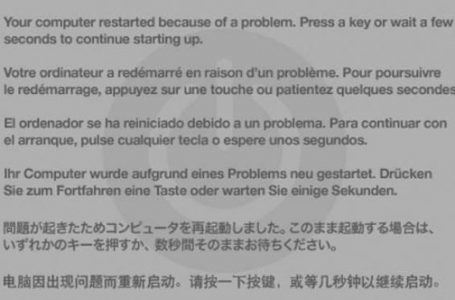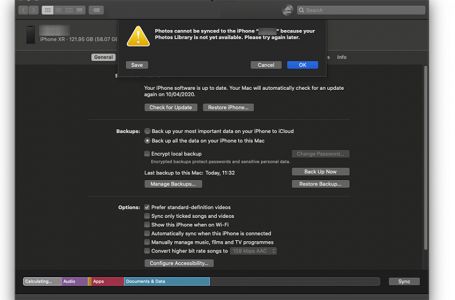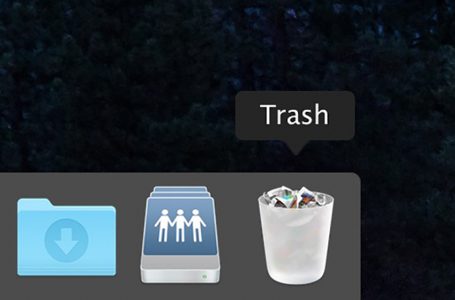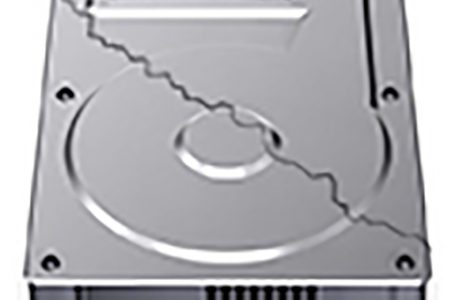Transferring Files Wirelessly
For the road warrior, there are times we get caught needing to transfer files on the road, without the assistance of an USB thumbdrive or CDRW.
Don’t fret, if your Mac portable is WiFi equipped, transfering files between WiFi equipped Mac portables is a breeze. WiFi is the preferred wireless medium to carry out file transfers because although your Mac may be Bluetooth equipped, WiFi still transfers data at a higher rate than Bluetooth, including the latest Bluetooth 2.0 that is available on some of the latest Macs.
In this tutorial we discuss creating a WiFi network using your Mac portable and using this network to transfer files between Mac portables.
Activating The Airport Status Icon In Your Menu Bar
Before going further, one of the first things to do is to activate your Airport icon in your menu bar for quick access. This is done by going into your Network pane in your System Preferences:
- click on the Apple logo on the top left of your screen;
- select the System Preferences option in the drop down menu;
- click on the Network icon in your System Preferences window;
- click Airport in the Show option;
- at the bottom of the Network pane click on the “Show Airport Status in menu bar’ checkbox to select it;
- an Airport status icon should appear on your menu bar;
Creating A WiFi Network Using Your Airport Equipped Mac
You must first navigate to the Network pane of your Mac’s Systems Preferences( as explained above) and within the Network pane, click on ‘Allow this computer to create networks’ to grant permission to do so*. Once you have completed this task, creating a WiFi network using your Mac can be achieved in three easy steps:
- click on your Airport status icon, in your menu bar, we activated earlier;
- if you haven’t already done so, click on ‘Turn Airport On’;
- **then in the same drop down menu select ‘Create Network’;
- in the window that appears, click ‘Ok’ to create a network using the default network name or fill in the desired network Name field;
- enable Personal File Sharing in the Sharing pane of Systems Preferences, on both the local and remote Mac;
Enabling Personal File Sharing is a critical step in the process because although a WiFi network is created, you cannot transfer or view each other’s files until this option is enabled on both the local and remote Macs. Once the above has been carried out successfully, the remote Mac or any Mac within your Mac’s WiFi range will be able to see your Airport network when the Airport status icon is clicked on the Mac’s menu bar. Selecting the Airport network on the remote Mac will allow the remote Mac to join the WiFi network. For added security to hinder ingress by hackers, its probably advisable to secure your Airport network with a password.
On either Mac, you can view Macs connected to your Airport network by clicking on the Network icon in your Finder. Note that you may only view the other party’s Public Folder and file transfers are carried out by dropping the file for transfer on the local Mac into your Public Folder to be collected by the remote Mac user and vice-versa. This is to prevent accidental data damage or corruption to your Mac during file transfer and also works against misfeasant users on your Airport network.
Once the file transfers are completed, its important to return your Mac to its original state by reversing the above described process. Failure to do so will result in leaving your Mac open to hacks and misfeasance. You may also share the contents of your entire Hard Drive but this is not covered in this tutorial.
* you must be an admin user to be able to grant permission to create networks on the particular Mac
** creating a WiFi network using your Mac will disconnect it from existing WiFi networks
















